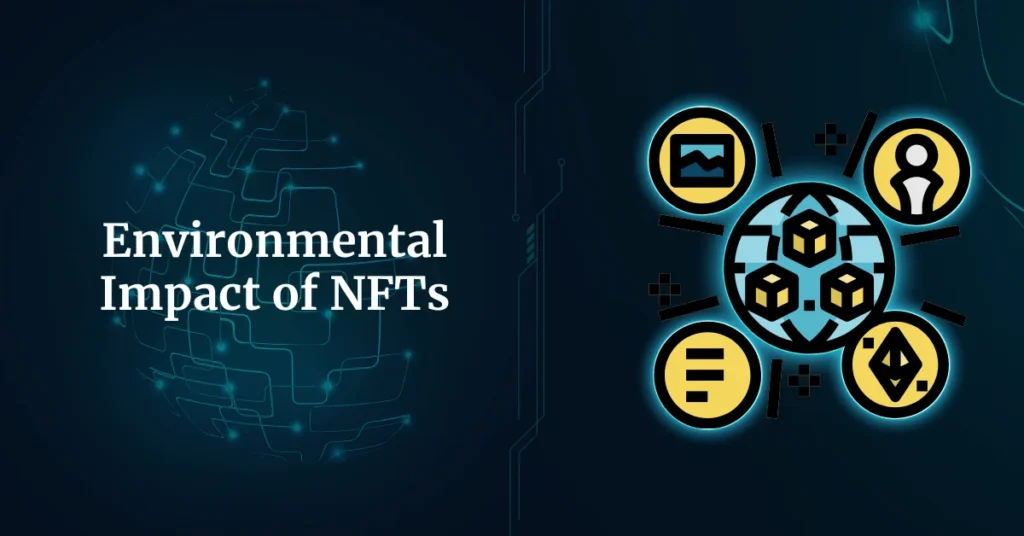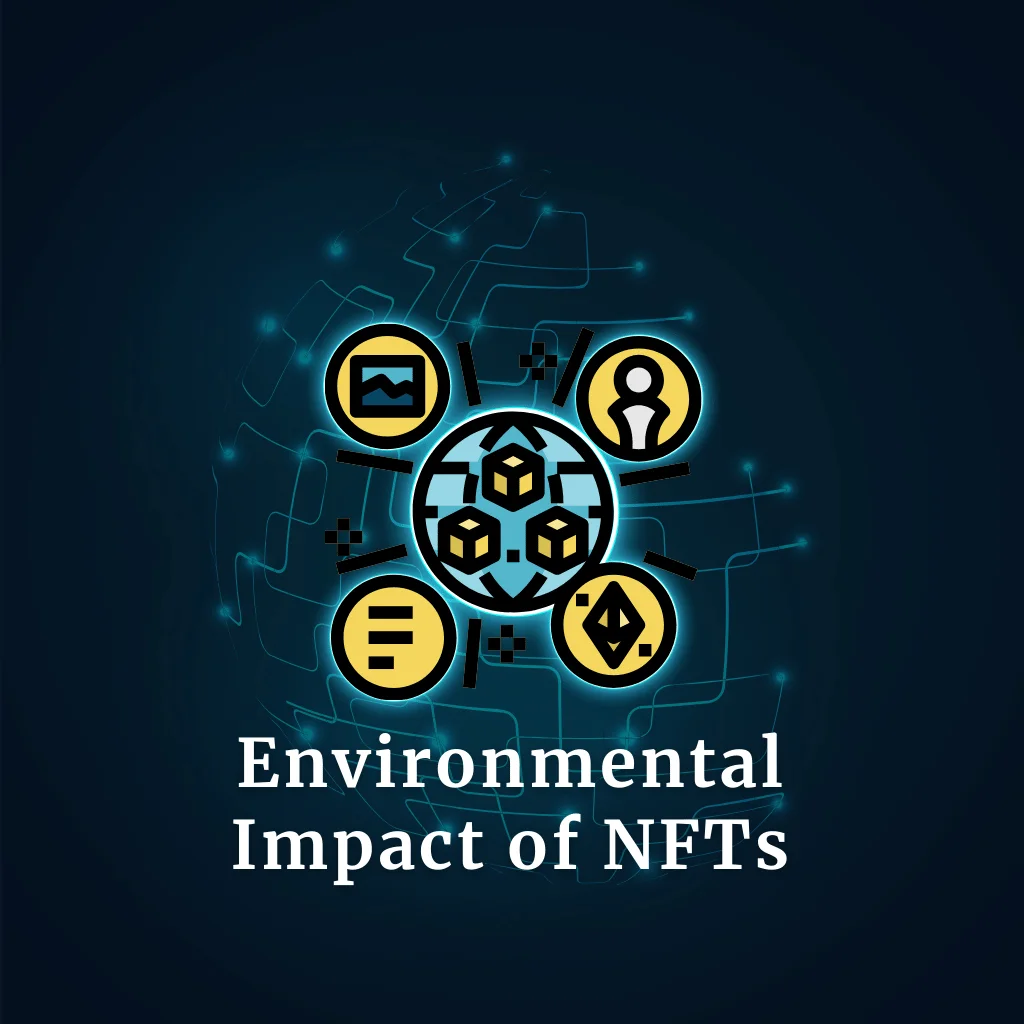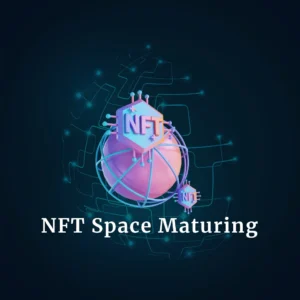
The Environmental Impact of NFTs Navigating the Complex Digital Landscape
As of late, the ascent environmental impact of Non-Fungible Tokens (NFTs) has overwhelmed the digital world, offering another worldview for proprietorship, workmanship, and collectables in the advanced age. In any case, as the ubiquity of NFTs keeps on developing, so does their ecological effect. This assessment concerning the normal impression of NFTs uncovers a diverse scene, where the innovative capacity of blockchain progression conflicts with reasonability concerns.
Understanding NFTs and Their Environmental Footprint
NFTs are unique digital assets, such as art, music, or collectables, verified and managed on a blockchain, primarily Ethereum. This uniqueness and verification of possession make NFTs profoundly significant in advanced and imaginative business sectors. However, the blockchain technology underlying the environmental impact of NFTs, especially those relying on Proof of Work (PoW) systems, is energy-intensive. This is because PoW requires complex numerical computations, executed by strong PCs contending to approve exchanges and make new blocks. This interaction, known as mining, consumes a lot of power, adding to the carbon impression related to digital resources like NFTs.
The Energy Consumption Debate
Critics argue that the energy consumption of blockchain networks supporting NFTs is unsustainable. A single Ethereum transaction, which might represent the creation or sale of an NFT, can consume as much power as an average U.S. household does in a day. The environmental impact is magnified when considering the global scale of NFT transactions. Additionally, the carbon impression of these exchanges is disturbing. A large part of the world’s power is as yet created from petroleum products, implying that the energy-serious course of mining and executing NFTs adds to fossil fuel byproducts and, thus, environmental impact change.
Initiatives to Mitigate Environmental Impact
In response to these concerns, there are ongoing efforts within the blockchain community to reduce the environmental impact of NFTs:
– Transition to Proof of Stake (PoS): Ethereum, the leading platform for NFTs, is transitioning from PoW to Proof of Stake. PoS is a consensus mechanism that requires users to hold and “stake” their cryptocurrency to participate in the network.
This strategy diminishes how much computational work is required, diminishing energy utilization.
– Eco-friendly Blockchains: Some newer blockchain platforms are designed to be more energy-efficient from the outset. Networks like Tezos and Algorand use PoS or similar mechanisms to ensure that creating and trading NFTs have a lower carbon footprint.
– Carbon Offsetting: Some NFT platforms and creators are investing in carbon offsetting initiatives.
This includes working out the carbon impression of NFT exchanges and buying carbon credits to adjust the discharges.
While this doesn’t reduce emissions directly, it supports projects that reduce carbon in the atmosphere elsewhere, such as reforestation.
– Renewable Energy: Efforts are underway to power blockchain operations with renewable energy sources. Transitioning to green energy can drastically reduce the carbon footprint of NFTs and the broader digital economy.
The Path Forward Sustainability in the Digital Realm
The natural worries encompassing NFTs feature a more extensive test in the digital age: offsetting mechanical development with maintainability. As advanced innovations become progressively necessary to our lives, their effect on the world can’t be ignored. The discourse around NFTs and their natural effect is a piece of this bigger discussion.
Answers for moderating the ecological impression of the environmental impact of NFTs are arising, however boundless reception and execution are vital. The progress to more supportable blockchain advancements like PoS, alongside endeavours to utilize sustainable power and take part in carbon counterbalancing, are positive advances. In any case, the viability of these actions will rely upon their versatility and the responsibility of the worldwide local area.
The regular effect of NFTs is a mind-boggling issue that sits at the blending of improvement, workmanship, and feasibility. While NFTs offer to enable entryways for robotized possession and imaginative personalities, their rising uncovers the essential need for feasible practices in the blockchain and undeniable level resource locales.
The continuous endeavours to lessen the natural impression of NFTs are empowering, flagging a developing acknowledgement of the significance of adjusting innovative headway to biological obligation. As we push ahead, the key will be to foster headways in propensities that regard and shield our continuous circumstances.
The discussion around the ecological effect of NFTs is a significant piece of this excursion, inciting basic reflections on how we can explore the advanced scene capably. The way to a more practical computerised future is testing, however, with aggregate exertion and development, it is reachable.



